There’s a lot to consider when you’re standing at the seafood counter deciding what kind of fish to buy. We know that health experts—including The Heart Foundation —recommend eating at least two servings of fatty fish per week. Fish such as salmon, sardines, herring, cod, and mackerel are all excellent sources of beneficial omega-3 fats and good sources of protein.
But health and environmental concerns can make it hard to know which fish to buy and whether you should spend the extra money to buy wild-caught instead of farm-raised fish. Here’s a look at the issues and why we believe buying wild-caught fish is the way to go (for now).
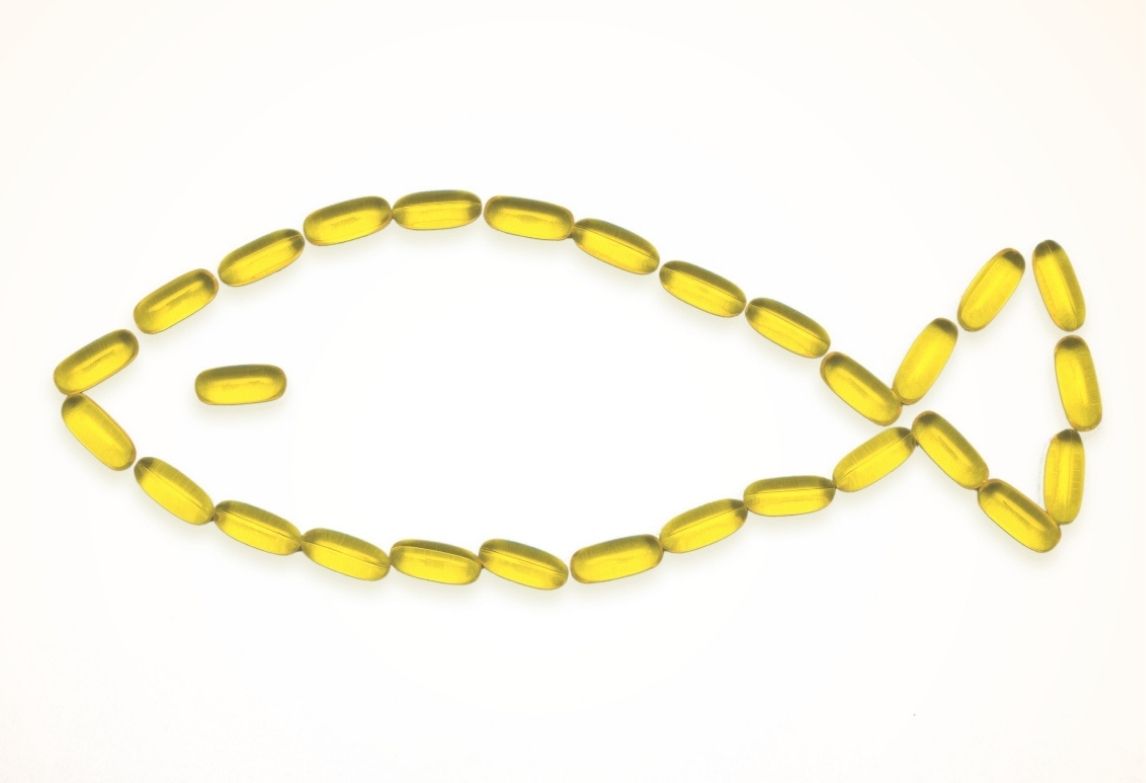 FISH ARE WHAT THEY EAT
FISH ARE WHAT THEY EAT
One of the biggest concerns regarding farmed fish is that they’re often found to contain residues of antibiotics, pesticides, disinfectants, and other chemicals used to control disease and bacteria that tend to occur when fish are crowded together in large numbers. Another concern is that farmed fish aren’t always nutritionally equivalent to wild-caught fish—especially when it comes to the amount of long-chain omega-3 fatty acids they contain. Like us, fish are what they eat. And what farm-raised fish are fed really determines their nutritional content.
Fish get their omega-3 content from eating algae and other smaller fish that also eat algae. This happens naturally in the wild, where fish gradually accumulate omega-3 fats over time as these nutrients make their way up the food chain. Responsible aquaculture operations feed their fish adequate amounts of algae and fishmeal (ground fish) that contains added omega-3 fats. But not all do. Instead, less expensive oils are used to make their food, and in many cases fish are fed GMO corn, soy, and other feed fillers that fish were never meant to eat.
WILD AT RISK
Another concern regarding farmed fish is that aquaculture poses an environmental risk to neighbouring wild fish populations. Farmed fish that escape to the wild (not an uncommon occurrence when aquaculture pens are located near natural bodies of water) may contain bacteria or diseases that can affect native fish populations.
Even if the farmed fish are healthy, they still may adversely affect the marine ecosystem by competing with local populations for food and habitat. Aquaculture wastewater can likewise be harmful to nearby marine ecosystems, concentrating fish faeces, uneaten food pellets, and algae in unhealthy amounts.
Of course, there are health and environmental concerns associated with eating wild-caught fish, too. Fish that are not sourced from the cleanest waters can contain high levels of mercury and other environmental toxins. And fish that are caught using irresponsible fishing methods can damage marine ecosystems and harm wildlife populations.
HEALTHY CHOICES
So as a health-conscious consumer, what type of fish should you buy? According to Seafood Watch, the Monterey Bay Aquarium’s education outreach program for supporting healthy oceans, aquaculture is becoming a necessary part of our future, and a great deal of research is now going into improving aquaculture practices globally.
Because aquaculture practices and the quality of farmed fish varies so widely, it’s important to ask questions about where your fish comes from and how it was raised.
When buying farmed fish, look for reputable certifications to ensure fish were not farmed using hormones and antibiotics, or farmed in facilities treated with synthetic pesticides. Support sustainable aquaculture operations when possible.
When shopping for wild-caught fish, look for Friend of the Sea (FOS) or Marine Stewardship Council (MSC) labels to ensure that the seafood you’re buying was caught responsibly. In general, look for smaller species of fish that are less likely to have unsafe levels of contaminants.
Seafood Watch offers a free app to help you identify which types of fish to choose, and which to avoid. The more you know as a consumer, the better you can support your own health, and the health of our oceans.
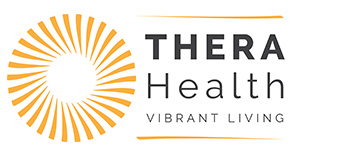
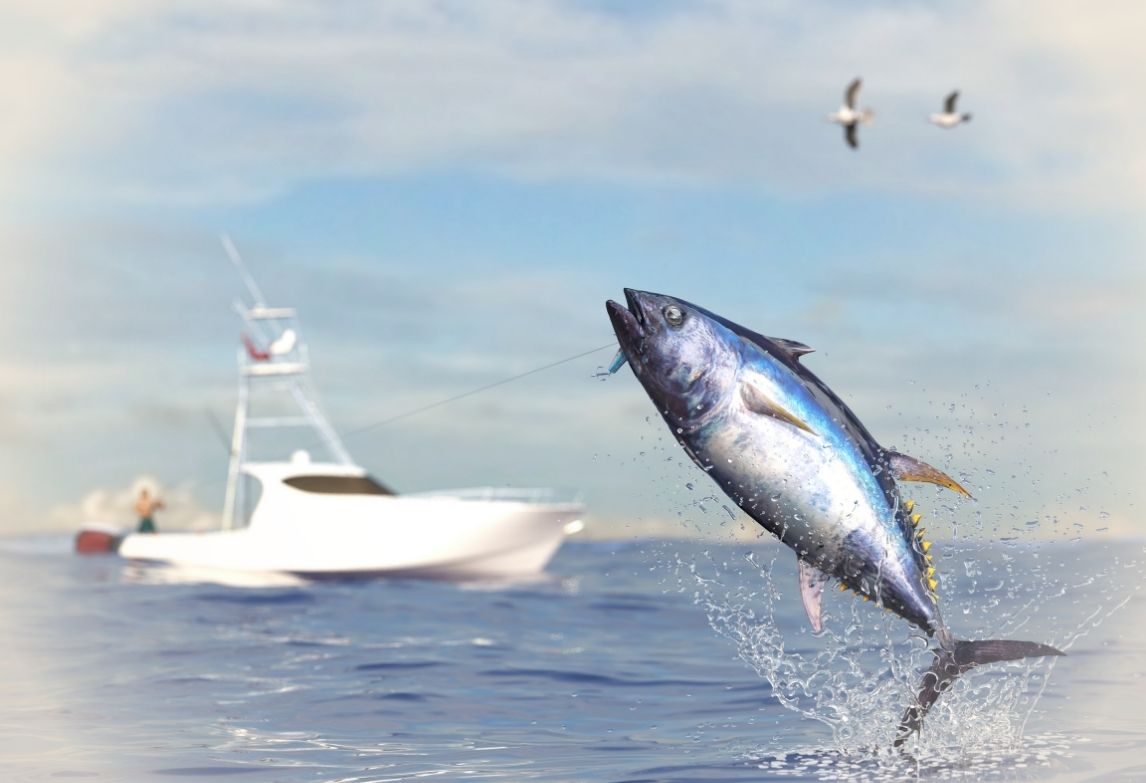
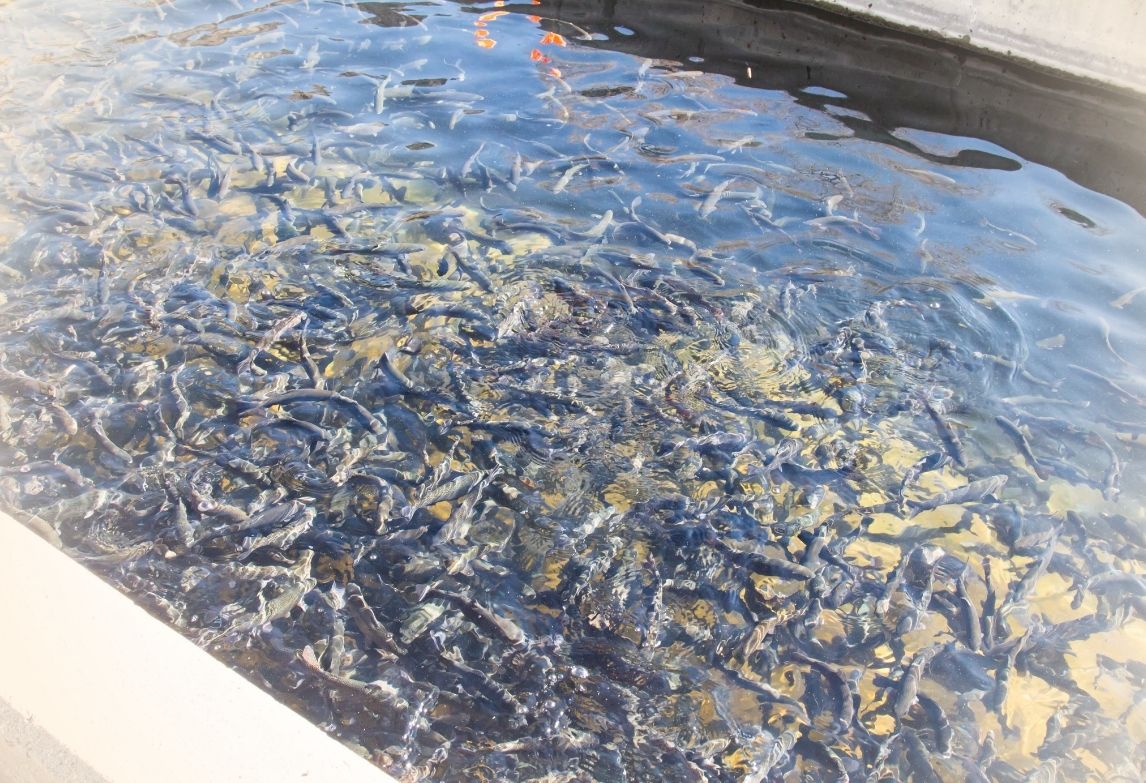
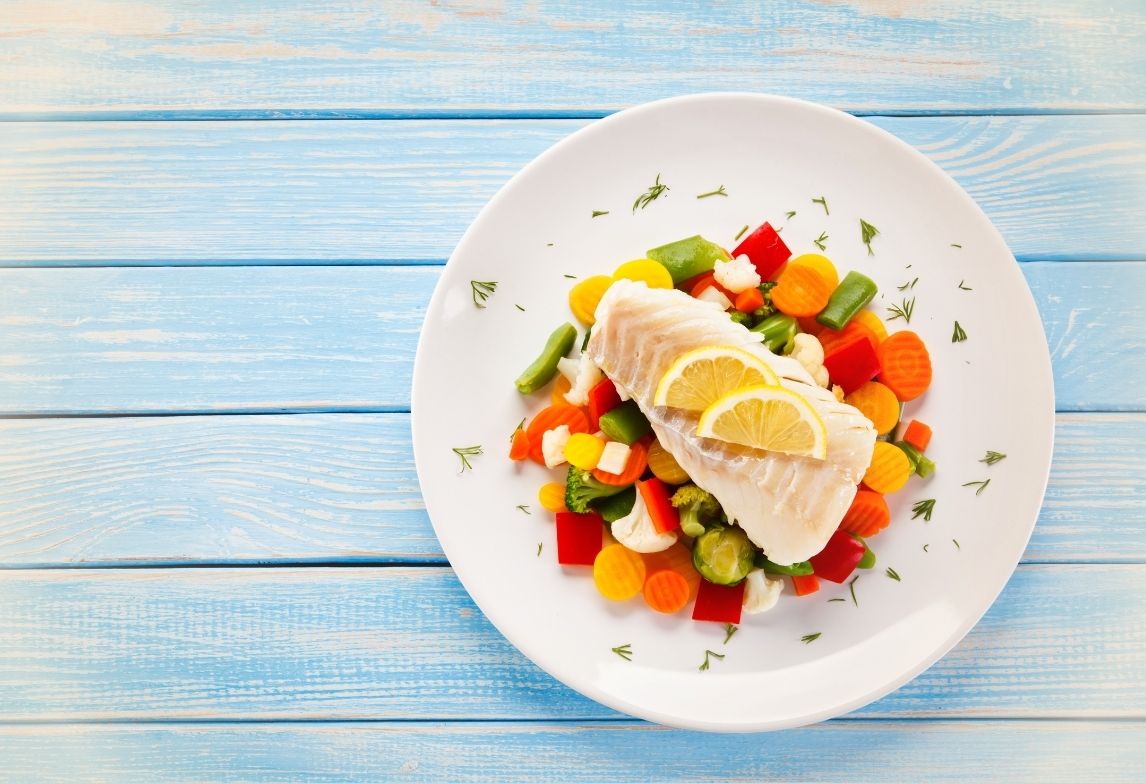





Leave a Reply
Want to join the discussion?Feel free to contribute!